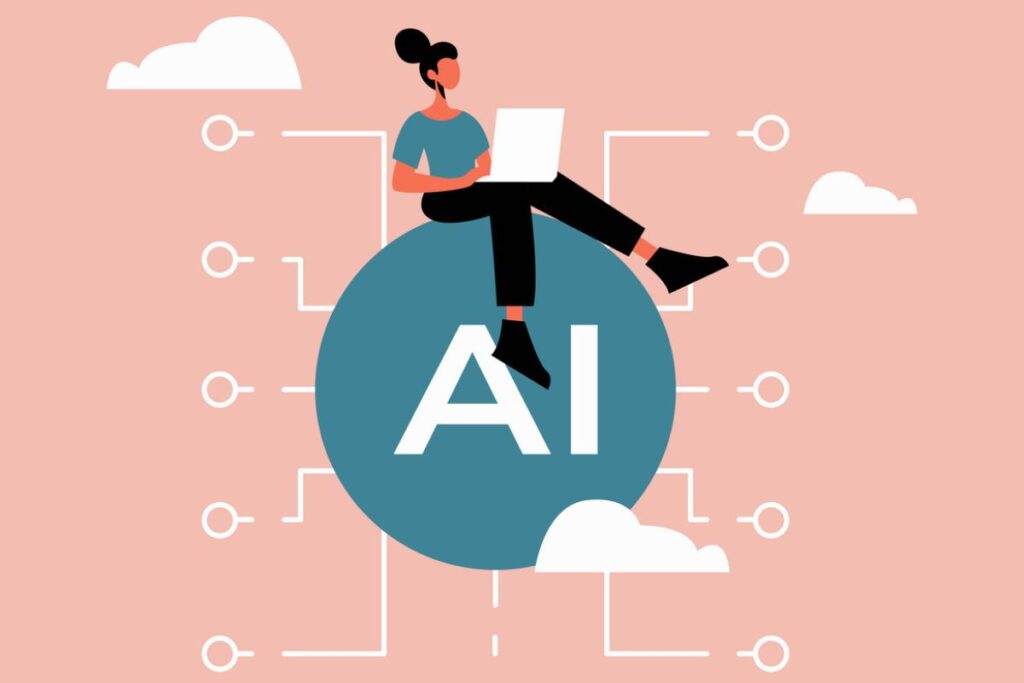Summary: Exploring AI’s supportive role in L&D for efficient content creation, balancing technology and creativity.
Balancing Innovation and Human Creativity
Technological innovations have changed how content is created and delivered. The use of AI in learning and development (L&D) has made it more scalable and efficient. While this shift is taking place, it remains important for organizations not to abandon the human touch in content creation. Managing this balance is key to creating engaging and meaningful learning experiences.
AI’s capabilities in processing large datasets quickly make it invaluable for generating initial content drafts or supporting materials. These drafts can lay the groundwork upon which human creativity builds, refining them into nuanced and contextually rich educational resources. The symbiosis between AI-driven content generation and human oversight ensures content is both efficient and aligned with the learner’s needs.
Moreover, the dynamic capabilities of AI allow for content updates to be more adaptive and immediate, keeping educational material relevant and timely. However, incorporating human creativity ensures that the content remains relatable and engaging. Elements such as tone, empathy, and cultural relevance are intrinsically human attributes that AI cannot replicate entirely. By allowing humans to infuse these qualities into AI-generated content, organizations can maintain a learner-centric approach that resonates on a personal level.
Using AI for Learning Material Graphics
AI has revolutionized how graphics and learning materials are produced, which is especially valuable for organizations with limited resources. By leveraging AI tools, educators can quickly generate visuals that improve understanding and retention. This efficiency translates into cost savings and allows the reallocation of resources toward other critical areas of L&D.
AI’s ability to consistently produce good-quality graphics ensures that learning materials are not only visually appealing but also standardized across different modules and courses. The uniformity provided by AI-generated visuals can be especially beneficial in large-scale educational programs, where maintaining consistency is crucial.
Through data analysis, AI identifies patterns in learner engagement, which helps in crafting materials that help to tailor content to individuals learning style. By balancing AI’s analytical aptitude with human insight, learning materials can be both personalized and broadly relevant.
Adaptive learning paths powered by AI can modify content flow to fit the pace and understanding route of each learner. This ensures learners receive support suited to their requirements while encouraging autonomy in their educational journey. Meanwhile, human intervention ensures these personalized experiences remain empathetic and understanding of the learner’s context.
Practical Implementation and Considerations
Utilizing AI in content creation involves several practical steps and considerations. Firstly, organizations need to select AI tools that align with their educational objectives. This decision should factor in the specific needs of the learners, the content type, and the scale of deployment.
Secondly, there must be a continuous cycle of feedback and improvement. AI-generated content should be reviewed periodically by human educators to ensure that it meets quality standards and addresses learners’ evolving needs. Such review cycles promote an adaptive learning environment where content is continuously refined based on feedback.
Furthermore, educators need to be trained to work with AI technologies to harness their full potential. This involves understanding the nuances of AI functionalities and integrating them with pedagogical strategies effectively. Educators who are adept with AI tools can better curate and guide an AI-enhanced learning experience.
Additionally, transparency about AI’s role in content creation builds trust among learners. Clearly communicating how AI tools are used and the benefits they bring to learning experiences can encourage acceptance and engagement. When learners understand the value AI adds to their educational journey, they are more likely to appreciate and participate actively in the learning process. This transparency, coupled with consistent quality checks by human experts, can mitigate potential biases or errors in AI-driven content.
Finally, ethical considerations must be addressed. Organizations should ensure that AI applications in L&D respect privacy, uphold integrity, and promote inclusivity. This can be achieved by setting up ethical guidelines and data governance policies that govern AI use.
Embrace the True Potential of AI
Using AI in L&D offers substantial benefits by optimizing content creation processes, especially under resource constraints. However, the true potential of AI is realized only when paired with human creativity and oversight. Maintaining this balance ensures that L&D solutions remain not just innovative but also deeply human, tailored to meet the diverse needs of learners. By harnessing AI’s strengths while emphasizing the irreplaceable human touch, educational institutions can offer enriching and effective learning experiences.

